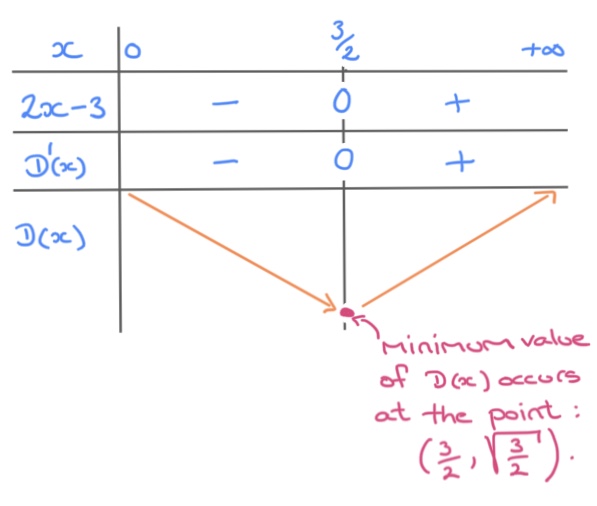Optimization Problems - Calculus
Maximizing & Minimizing
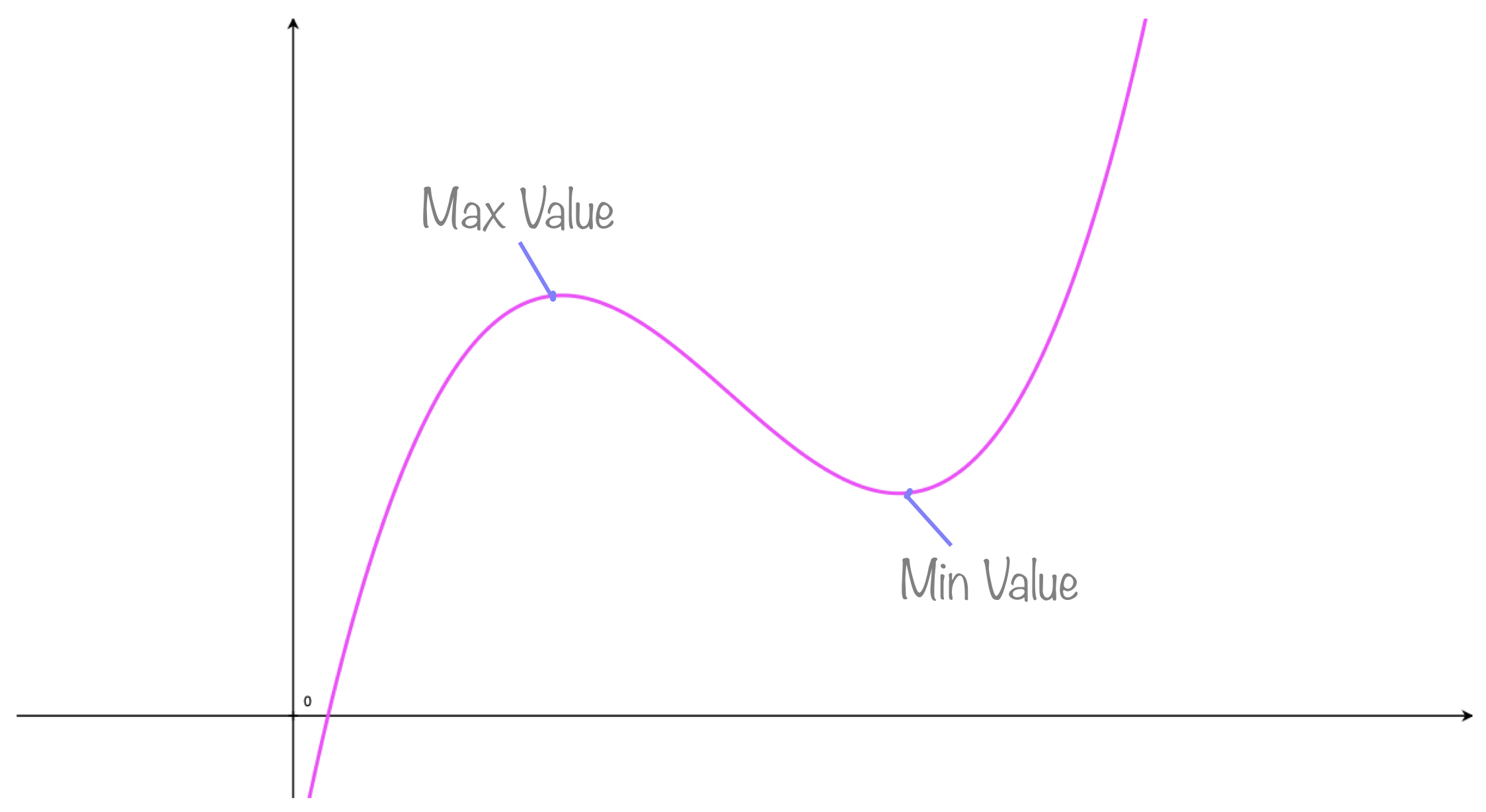 Optimization Problems consist of maximizing, or minimizing, a quantity under a given constraint. Where:
Optimization Problems consist of maximizing, or minimizing, a quantity under a given constraint. Where:
- maximizing: means finding the largest (or maximum) value the quantity can be
- minimizing: means finding the smallest (or minimum) value the quantity can be
To learn how to solve optimization problems we'll work through several must-know problems that many other optimization problems are similar to.
Important Note: throughout this section we use a four-step method that is worth memorizing as it can be followed for all optimization problems. The four-step method is used in each of the problems we solve here and is written directly beeneath optimization problem 1.
Must-Know Optimization Problem 1
To construct a rectangular enclosure for his chickens, Paul uses 40m of fencing.
One side of the enclosure is built against the outside wall of his house in order to create the largest area possible (no fencing is needed if there is a wall).
What dimensions should his enclosure be for the area to be maximized?
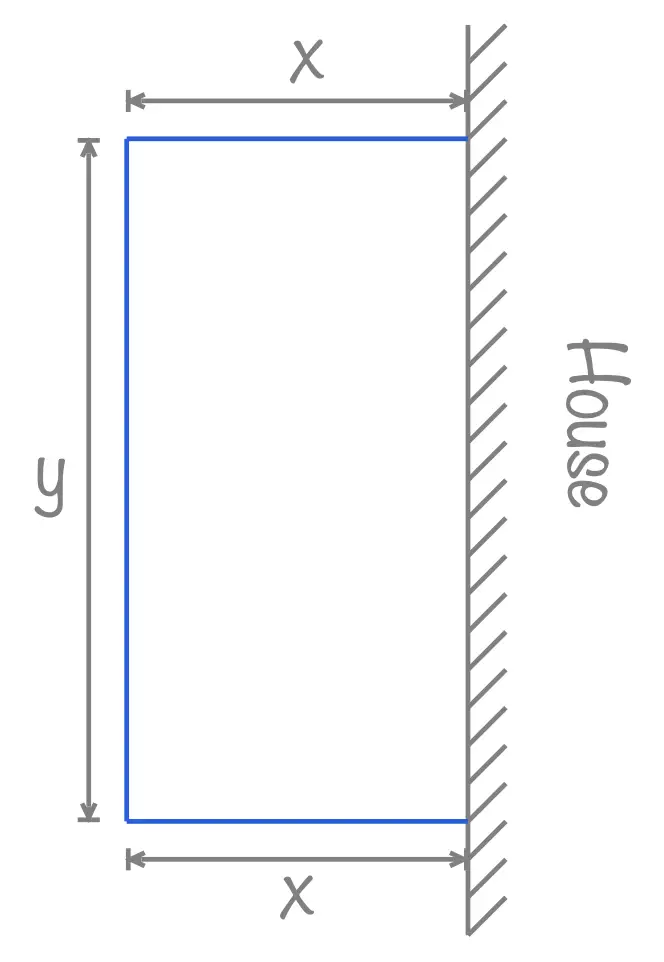
Keep in Mind
Every optimization problem we'll come across can be solved using the four step method shown here.
Tests & Exams
In tests or exams optimization problems will often be presented as a series of questions (question a, question b, ... ) each of which serves to complete one of the 4 steps stated here.
4 Step Method for Solving Optimization Problems
-
Step 1: We start by finding (indentifying) the quantity, \(Q\), that needs to be optimized and write an expression for it in terms of the problem's variables.
Note: making a sketch for this step is often very useful.
-
Step 2: Find, or identify, the constraint and write an expression for it in terms of the same variables you used in step 1.
Note: there will always be a constraint. The constraint is what is stopping us from making the quantity \(Q\) inifinitely large, or small. Every optimization problem has a constraint.
-
Step 3: Use the expression found for the constraint, in step 2, to eliminate one of the variables in the expression for \(Q\).
Note: at the end of this step, the expression for \(Q\) should only have one variable; it is therefore a function of one variable only.
-
Step 4: use calculus to optimize, in other words: use calculus to find the maximum or minimum value of the expression (or the function) for \(Q\) obtained at the end of step 3.
Must-Know Optimization Problem 2
Given that a cylindrical can of soda must contain 330ml, which is 330 \(cm^3\), what dimensions, radius and height, must the can have to minimize its surface area?
Note: knowing how to minimize the surface area of a soda can can drastically reduce manufacturing costs.
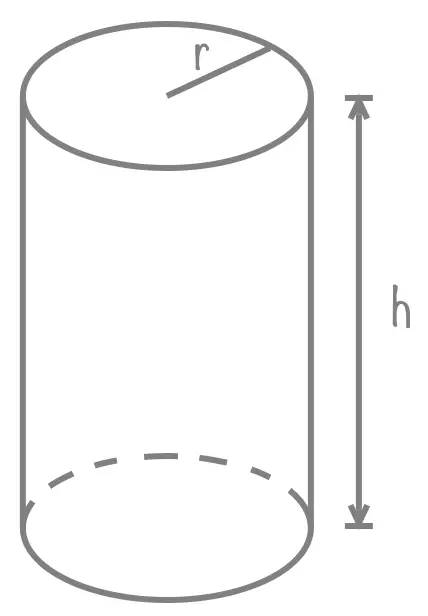
Must-Know Optimization Problem 3
Find the shortest distance from the point \(\begin{pmatrix}2,0\end{pmatrix}\) to the curve \(y=\sqrt{x}\).
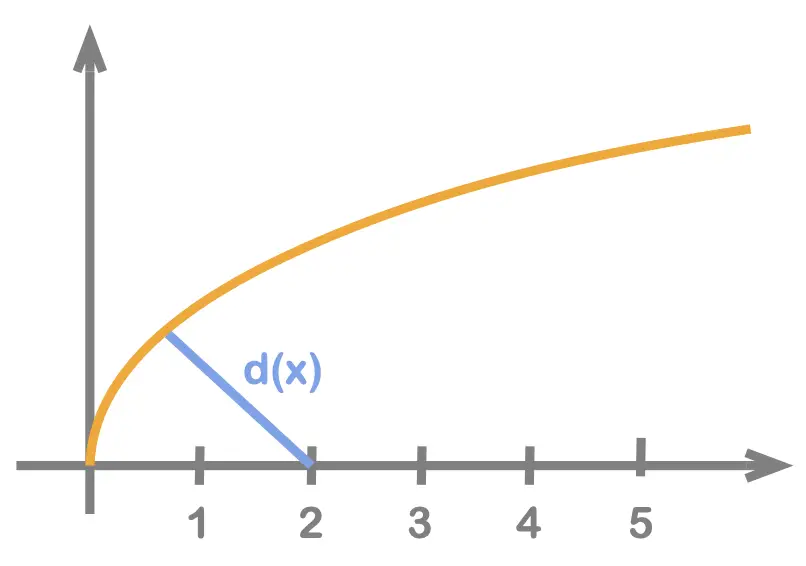
Scan this QR-Code with your phone/tablet and view this page on your preferred device.
Subscribe Now and view all of our playlists & tutorials.
